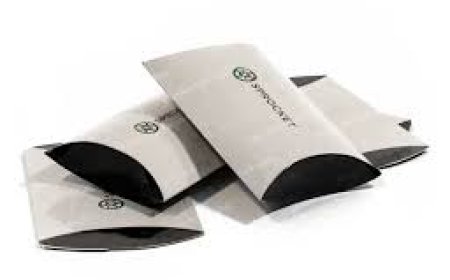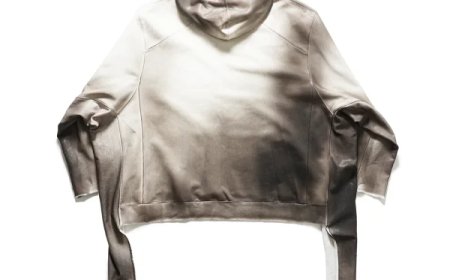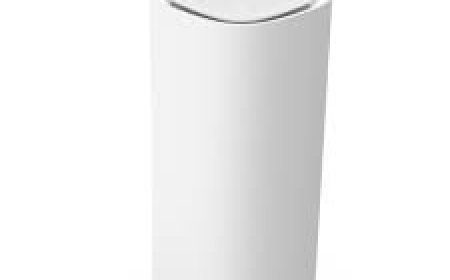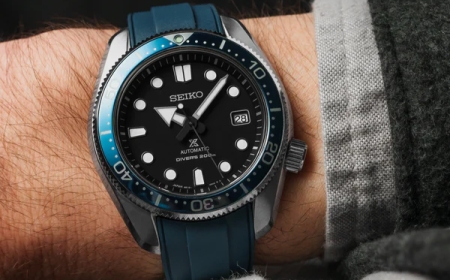How to evaluate brilliance in emerald cut diamonds
How to evaluate brilliance in emerald cut diamonds
Emerald cut engagement ring are known for their understated elegance and distinctive "hall of mirrors" effect, rather than the fiery brilliance of round or princess cuts. While they dont sparkle in the traditional sense, a well-cut emerald diamond will still display striking flashes of light. Evaluating brilliance in an emerald cut requires understanding how light interacts with its step-cut facets and recognizing the key quality factors that contribute to visual appeal.
Heres a guide to help you evaluate the brilliance of an emerald cut diamond:
1. Understand the Nature of Emerald Cuts
Unlike brilliant cuts (like round or cushion), KRK Jewelsemerald cuts are step-cut. Their long, parallel facets act like mirrors, producing flashes of light rather than a scintillating sparkle. This subtle brilliance gives the stone a more refined, glassy appearance. Because of this, clarity and cut become especially importantflaws are more visible, and the light return must come from precise symmetry and polish.
2. Focus on the Cut Quality
Although GIA (Gemological Institute of America) doesnt assign an overall cut grade to emerald cuts like it does for round brilliants, you can still evaluate the cut based on:
-
Depth Percentage: Ideal range is 6068%. Too shallow or too deep can reduce brilliance.
-
Table Percentage: Aim for 6169%. A smaller table can enhance the mirror effect, while too large a table may make the diamond appear flat.
-
Symmetry & Polish: Look for Excellent or Very Good grades in both. Asymmetry disrupts the way light moves through the stone, impacting its brightness.
3. Inspect Light Performance
View the diamond under different lighting conditions:
-
Natural Daylight: Reveals the diamond's true brilliance and transparency.
-
Spotlight (e.g., jewelry store lighting): Enhances flashes but can be misleading.
-
Diffused Lighting: Helps you judge the evenness of light return.
Rotate the stone to observe how light plays across the table and facets. A high-quality emerald cut will show distinct light and dark bands moving in a pleasing, symmetrical pattern.
4. Clarity is Crucial
Due to the open, transparent nature of the emerald cut, inclusions are easier to spot. Brilliance is diminished when inclusions block or interrupt the flow of light. Choose a diamond with at least:
-
VS1 or higher clarity for eye-clean results.
-
VVS1-VVS2 if you're aiming for near perfection.
Always inspect the diamond in person or request magnified images and videos before purchase.
5. Color Affects Perceived Brilliance
Emerald cuts tend to show more color than other shapes. While color doesn't directly affect brilliance, a tinted diamond can look duller. To preserve a bright, icy appearance:
-
Choose G or better on the color scale, especially when set in white gold or platinum.
-
For yellow or rose gold settings, you can go slightly lower (H or I) as the metal can mask warmer tones.
6. Observe the Hall of Mirrors Effect
One of the hallmarks of emerald cuts is the dramatic, mirror-like flashes that reflect along the length of the stone. Look for:
-
Even, crisp reflections that don't appear washed out or overly dark.
-
Balanced contrast between light and dark facetsthis gives the cut its elegant depth.
7. Compare Side-by-Side
If possible, compare multiple emerald cut diamonds side by side. Subtle differences in cut proportions can significantly influence brilliance. Youll quickly notice which stones appear livelier and more luminous.























































